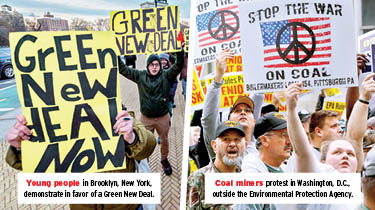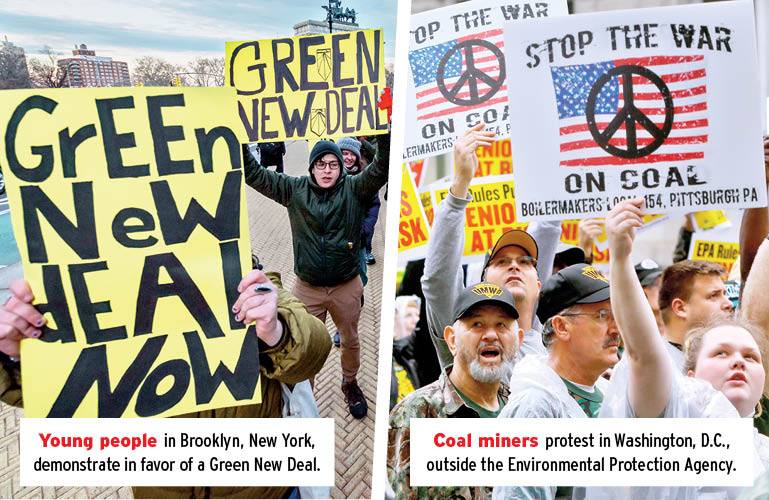A bold plan to transform our global energy system away from fossil fuels is not only a moral imperative for a livable planet, it’s an opportunity to build a more just and equitable world.
This is the thinking behind the Green New Deal, an approach to tackling climate change that invests in working people and uproots historical injustices. This vision draws on the spirit of President Franklin D. Roosevelt’s successful program to end the Great Depression, curb income inequality, and create a more humane society with a strong middle class.
A Green New Deal would make massive public investments in our infrastructure: energy-efficient buildings, a modern energy grid, a green transportation system, and the rapid deployment of wind, solar, and other renewable energy technologies across the country, all manufactured right here in the United States.



